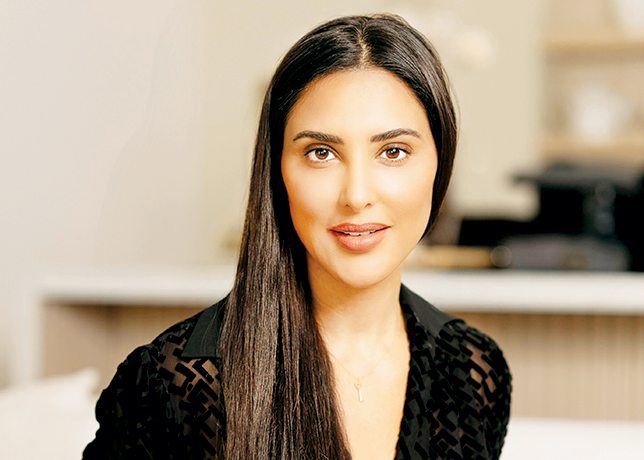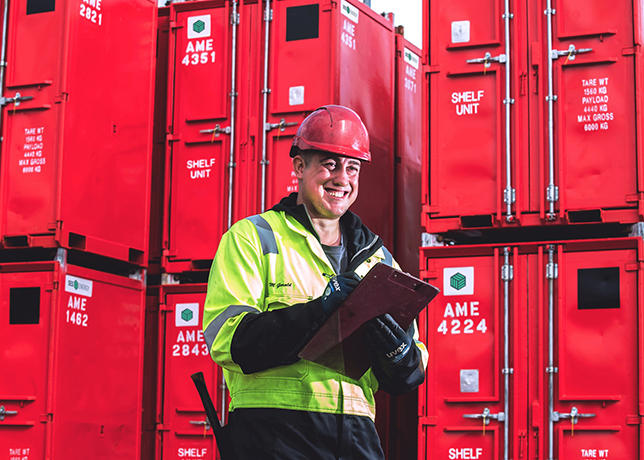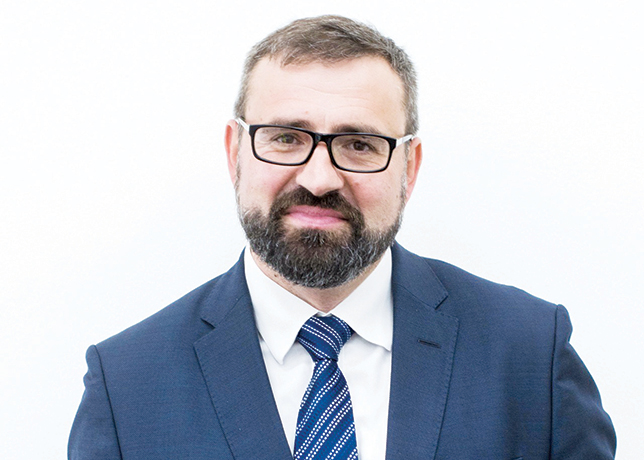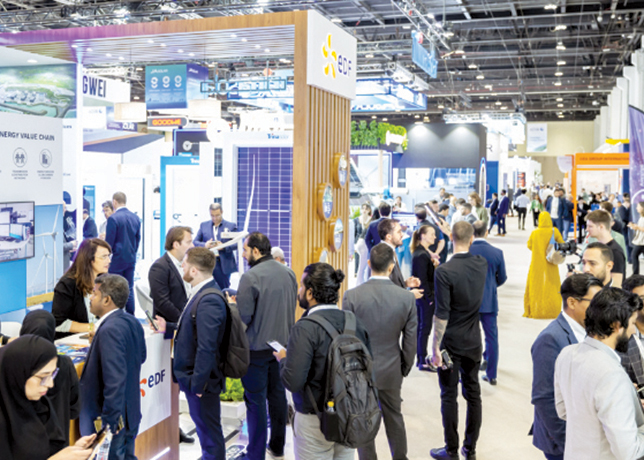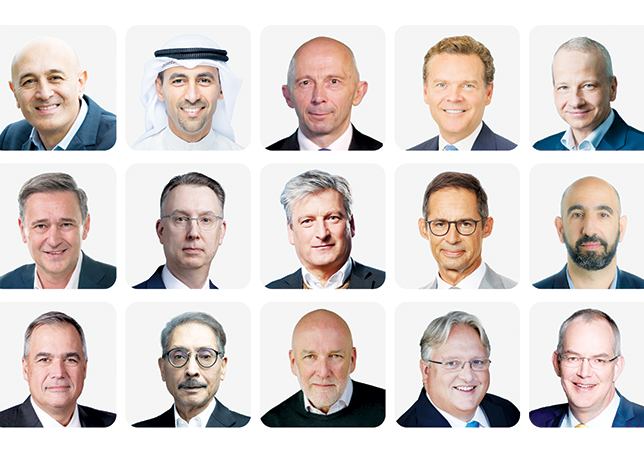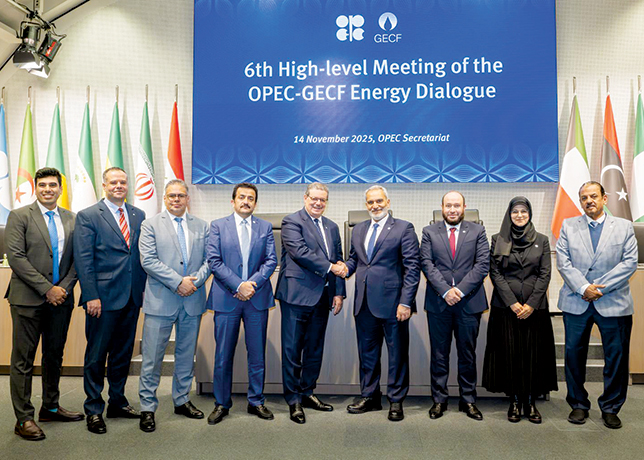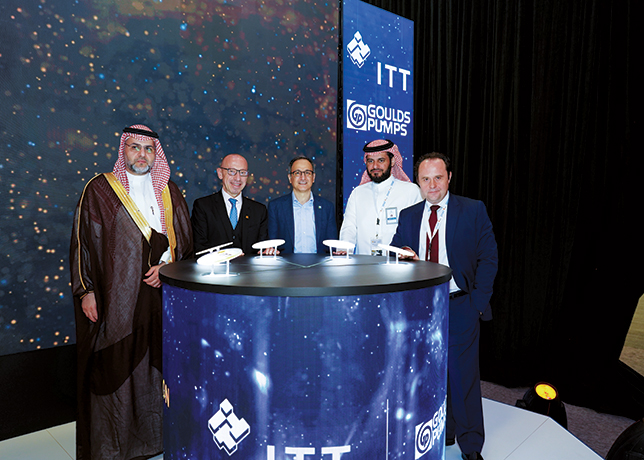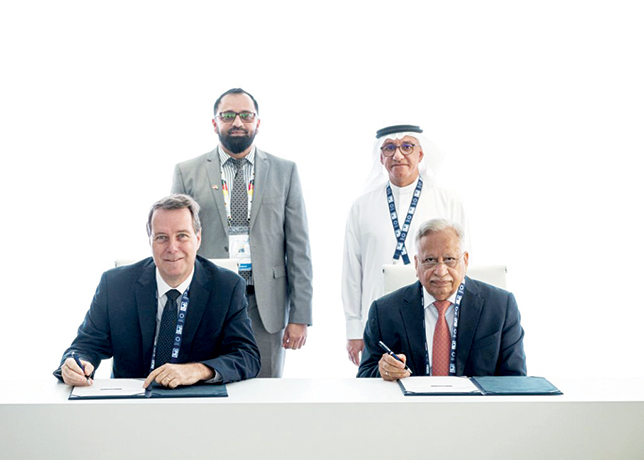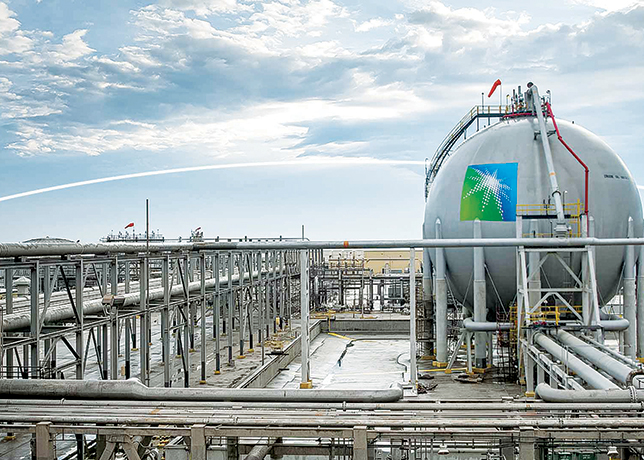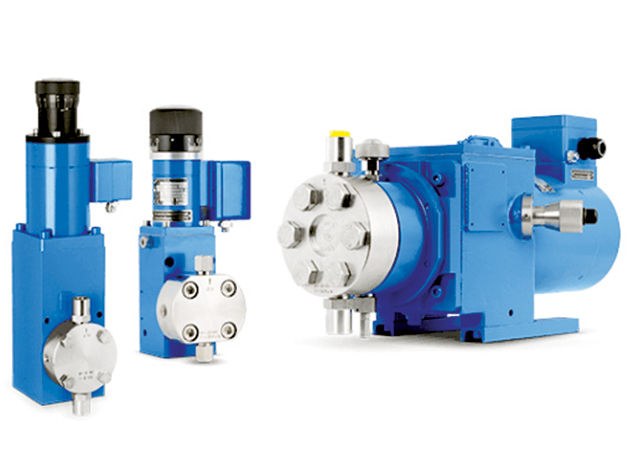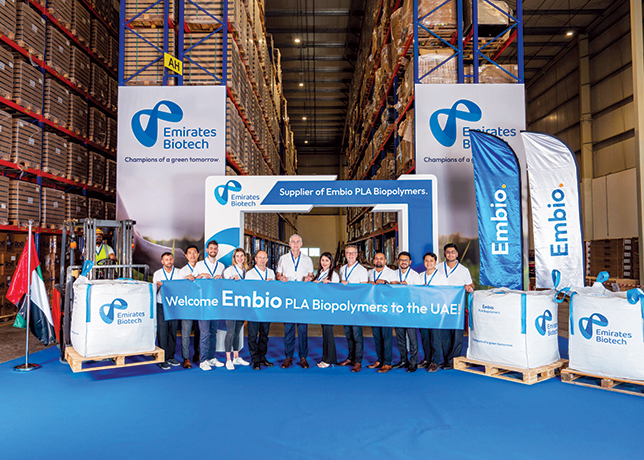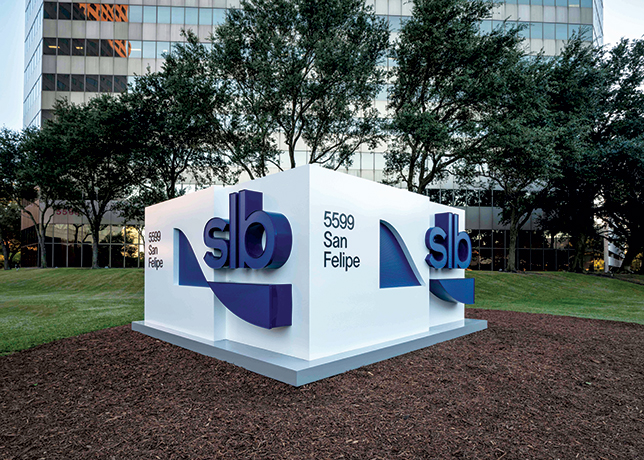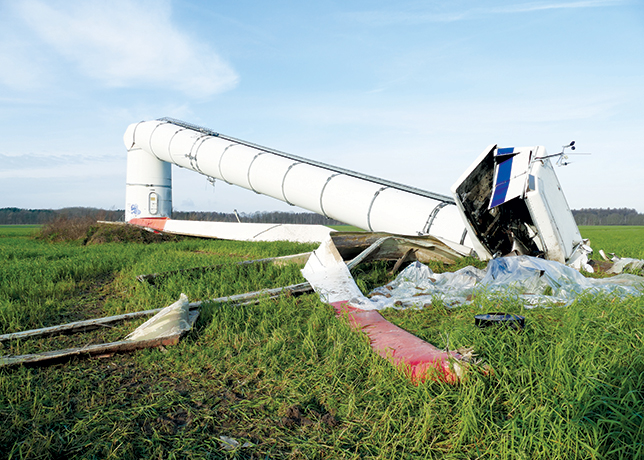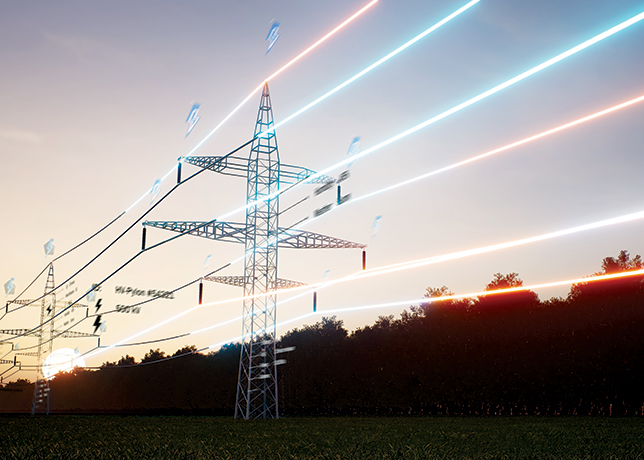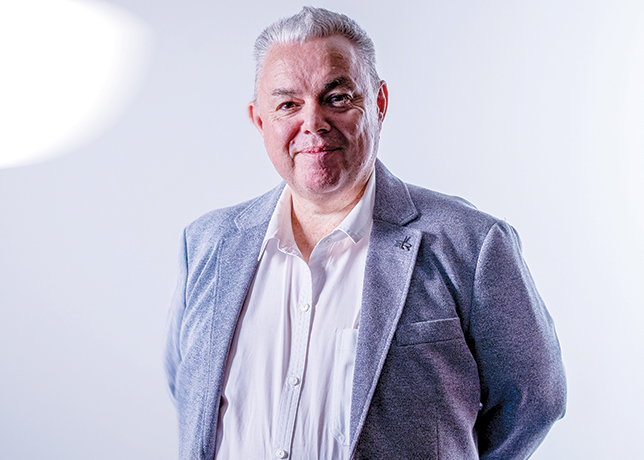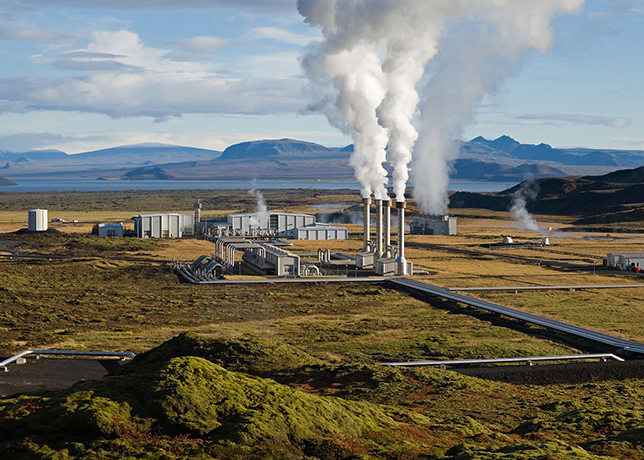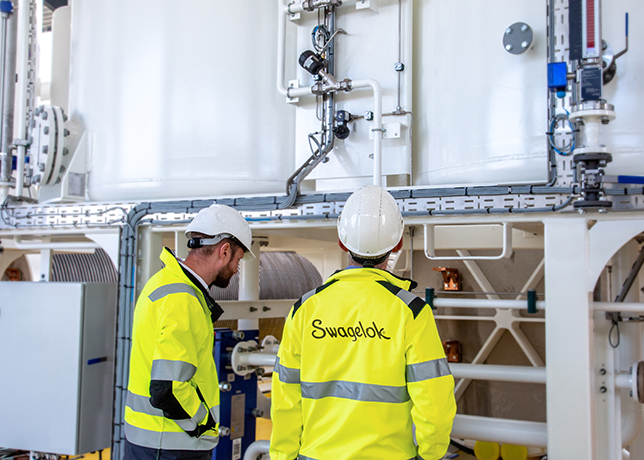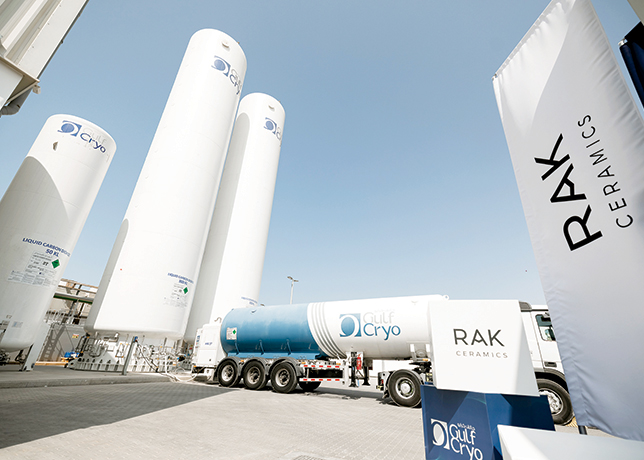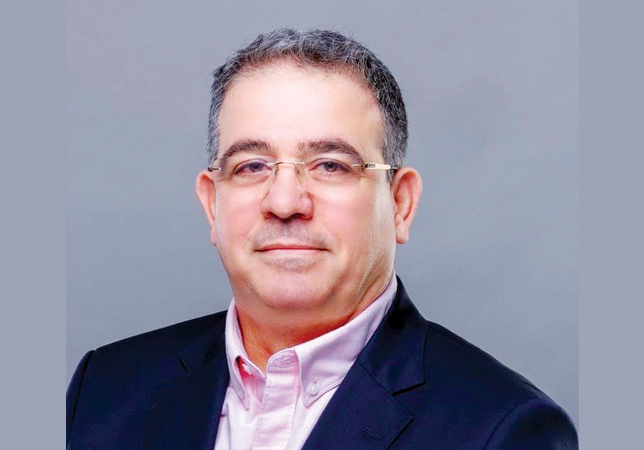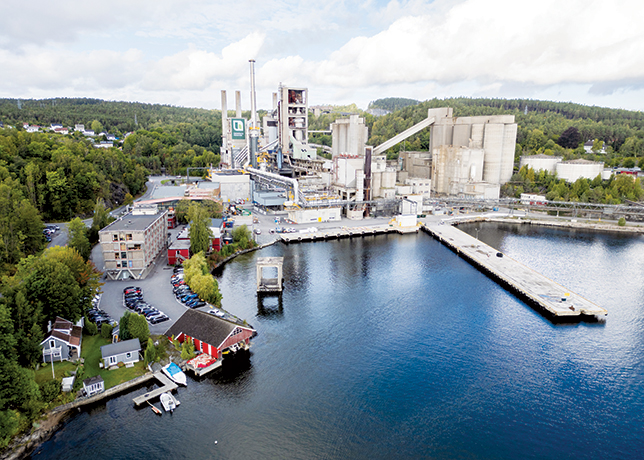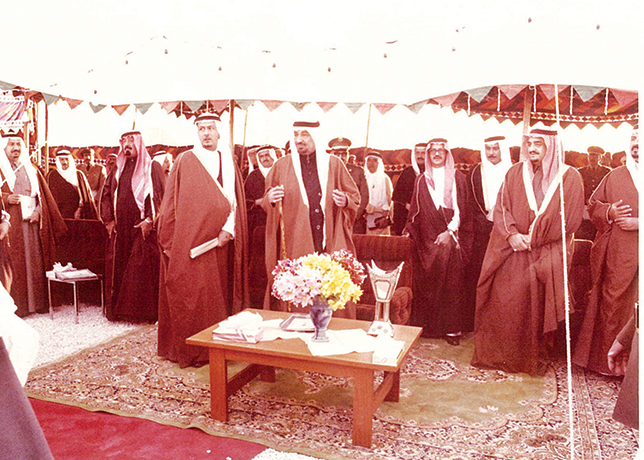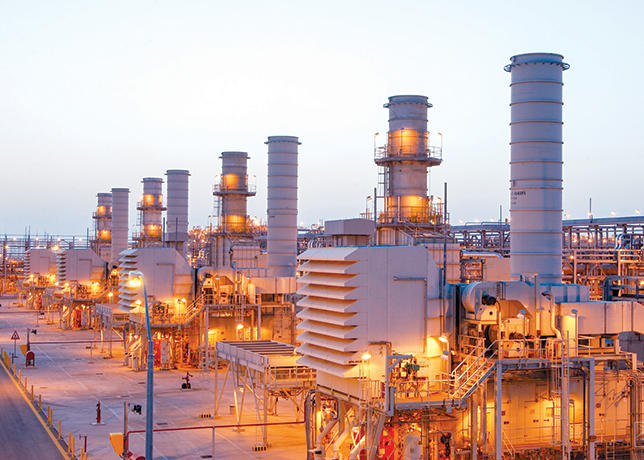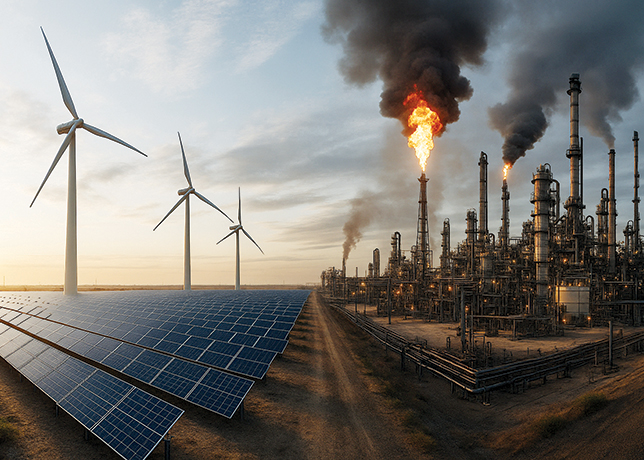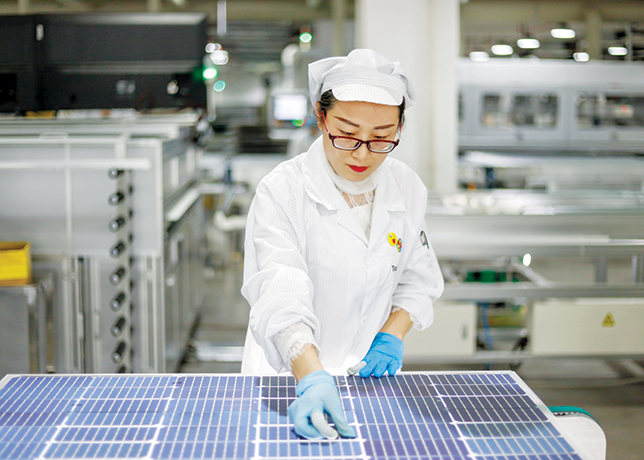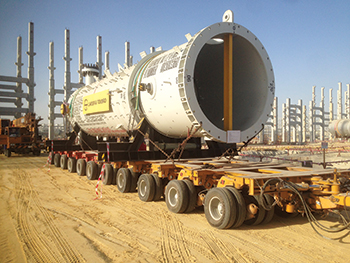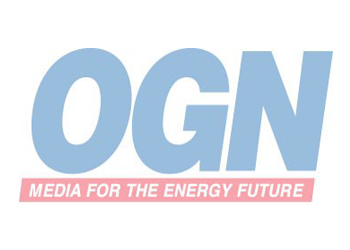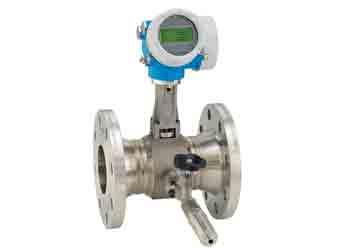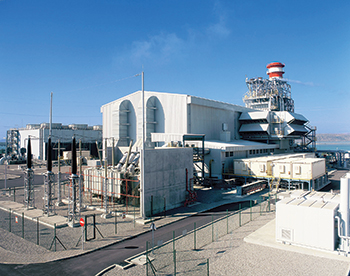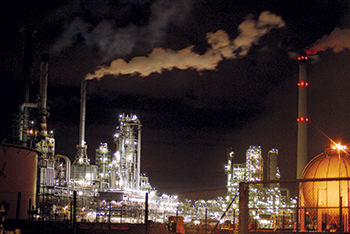
 KNPC ... expanding refinery capacity
KNPC ... expanding refinery capacity
The company is currently working to expand capacity to 1.4 mbpd, which includes starting up the greenfield 615,000 bpd Al-Zour refinery
KNPC plans to invest $40 billion to extend and modernise the refining capacities: the total refining capacity will increase to 1.4 mbpd in 2022; this includes the new Al-Zour refinery and the Clean Fuels Project.
Around $16 billion are expected to be spent on the Al-Zour New Refinery Project (NRP) (capacity of 165 000 bpd), that will supply both the domestic and international demand for ultra-low-sulphur petroleum products. The refinery will be completed in 2020.
The Clean Fuels Project aims to upgrade and expand the Mina Abdulla and Mina Al-Ahmadi refineries to raise their capacity by 64 000 bpd to 800 000 bpd by mid-2018. In 2016, KNPC obtained a $4 billion loan from the National Bank of Kuwait and the Kuwait Finance House to fund the first tranche of the Clean Fuels Project and, in May 2017, KPC secured a $6.25 billion loan with international credit agencies to fully back the planned project.
State-owned Kuwait National Petroleum Co outlined an ambitious $25 billion spending plan to more than double its refining capacity to 2 mbpd by 2035.
The expansion from 936,000 bpd of long-held capacity across the Mina al-Ahmadi, Mina Abdullah and Shuaiba refineries will take place over two phases, CEO Mohammad Ghazi al-Mutairi says.
KNPC is currently working to expand capacity to 1.4 mbpd, which includes starting up the greenfield 615,000 bpd al-Zour refinery following the permanent closure of the 200,000 bpd Shuaiba refinery in March 2017.
The first phase of the new expansion will take domestic capacity up to 1.7 mbpd in 2025, before hitting 2 mbpd by 2035 under the second phase, Mutairi says.
Hitting the 2035 target will come with the construction of a new refinery, Mutairi adds, without giving any further details.
'This expansion will be a solution for the treatment of heavy oil in line with the expected increase in production from the exploration and production sector,' he says.
It builds on Kuwait`s previous 2030 goals, set in 2009, which included raising downstream capacity by 480,000 bpd to 1.4 mbpd with the completion of Al-Zour. Under the new plan, Kuwait`s domestic refining capacity will represent 42 per cent of the country`s crude oil production capacity by 2040, up from 27 per cent, Mutairi noted.
Kuwait currently has crude oil production capacity of 3.2 mbpd, but hopes to reach 4 mbpd by the end of the decade. This will include 3.65 mbpd produced by state upstream operator Kuwait Oil Co, and the remainder from its share of output from the Partitioned Neutral Zone, shared with Saudi Arabia.
Analysts doubt whether the Gulf state will be able to meet this deadline however, having seen it repeatedly pushed back, however.
Al-Zour will process Kuwait`s heavy crude from the north of the country and provide more low sulfur fuel oil for power production. KNPC signed $13 billion in contracts in mid-October 2016.
The refinery was meant to be completed mid-next year, but delays in awarding the final contract covering the construction of a pipeline to supply crude oil could push its startup date well into 2020.
'A lot of Al-Zour`s production was earmarked for domestic consumption. There will be lots of low sulfur fuel oil. But it`s not clear if this will stay in the country. It will be very valuable post 2020, when the International Maritime Organization`s new regulations come in,' says Stephen George, chief economist at KBC Advanced Technology.
'The real driver for Al-Zour is to bring petrochemicals to Kuwait. That is what got it over the last hurdle,' George explained. The refinery had faced stiff opposition in parliament until contracts were finally tendered and awarded.
Alongside Al-Zour, Kuwait plans to build a new integrated petrochemicals facility, known as the Olefins-3 project, which will entirely use liquid feedstock from the refinery.
Kuwait Petroleum Corp, KNPC`s parent company, has been in talks with international oil companies including Shell, BP and Total.



